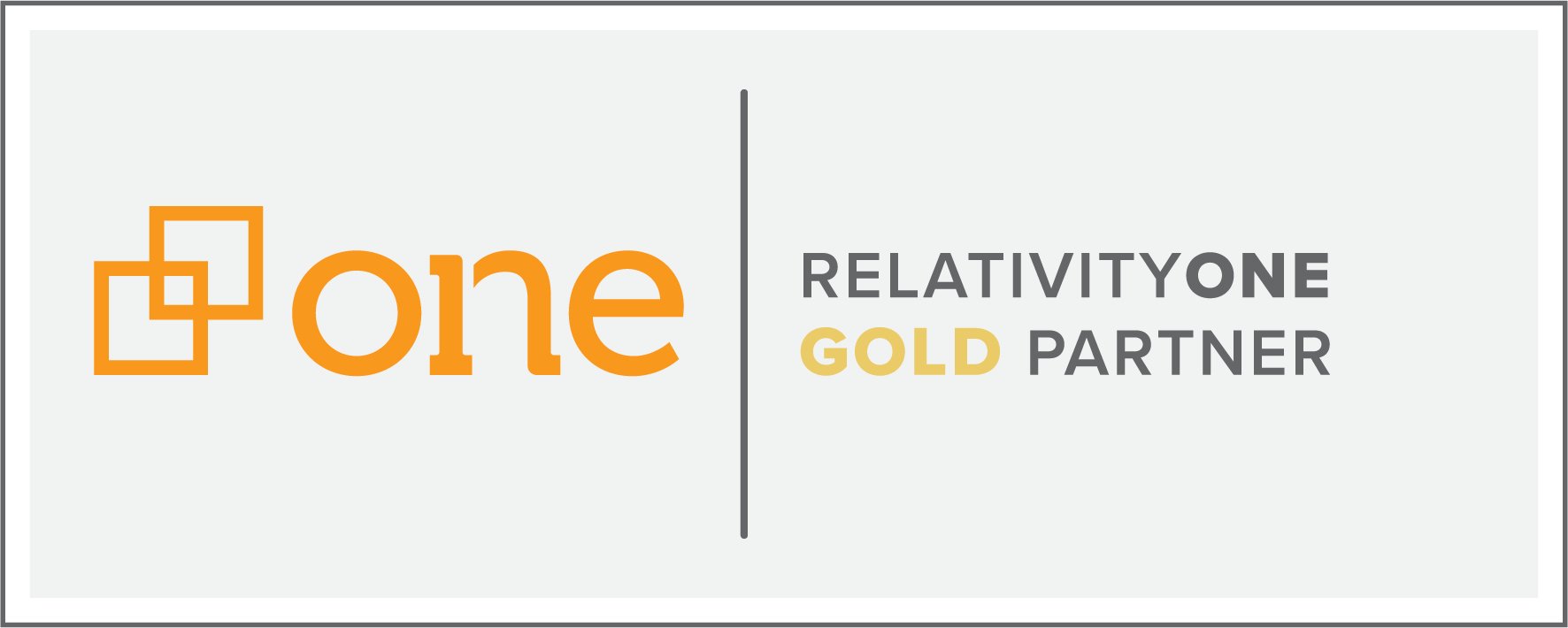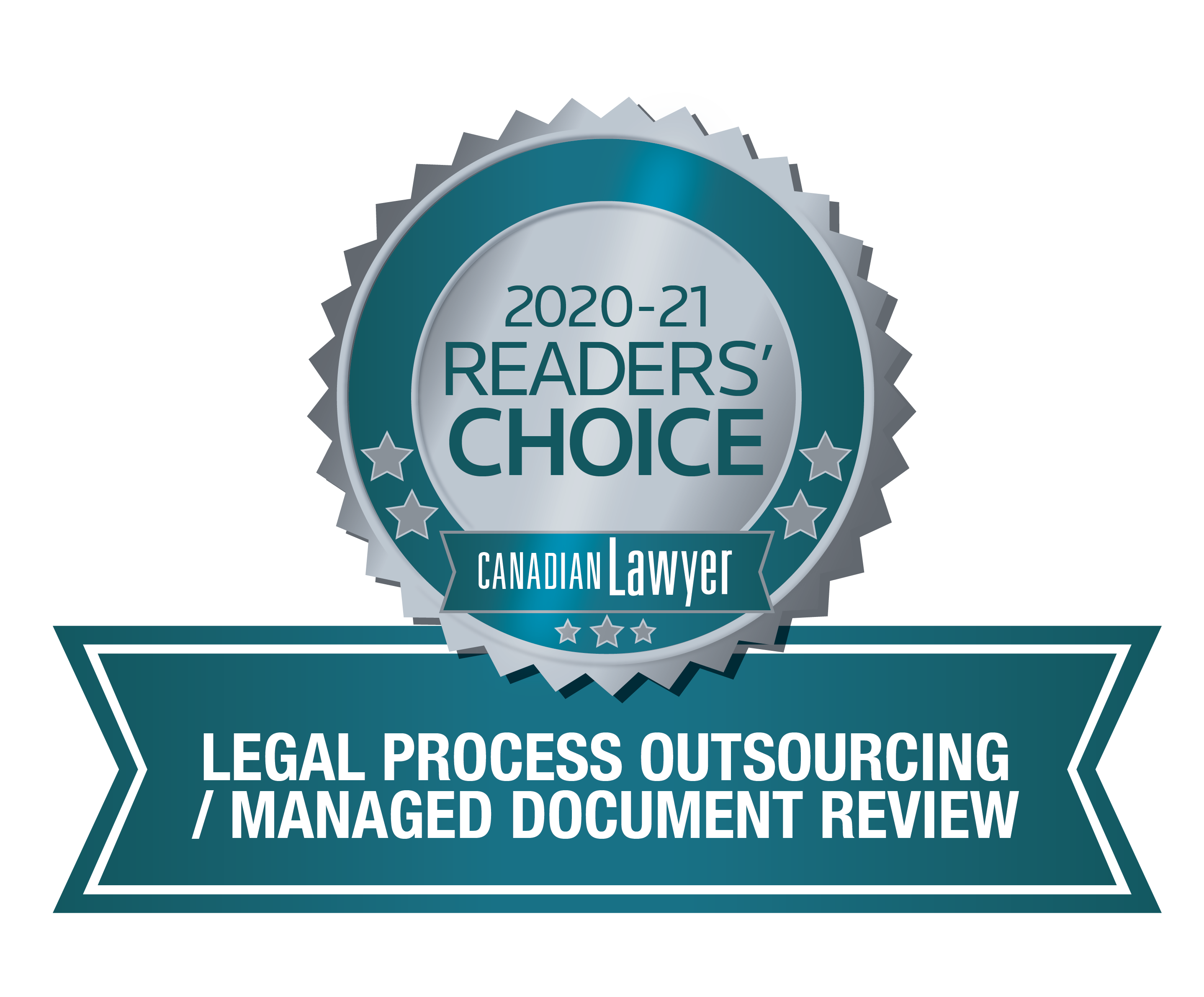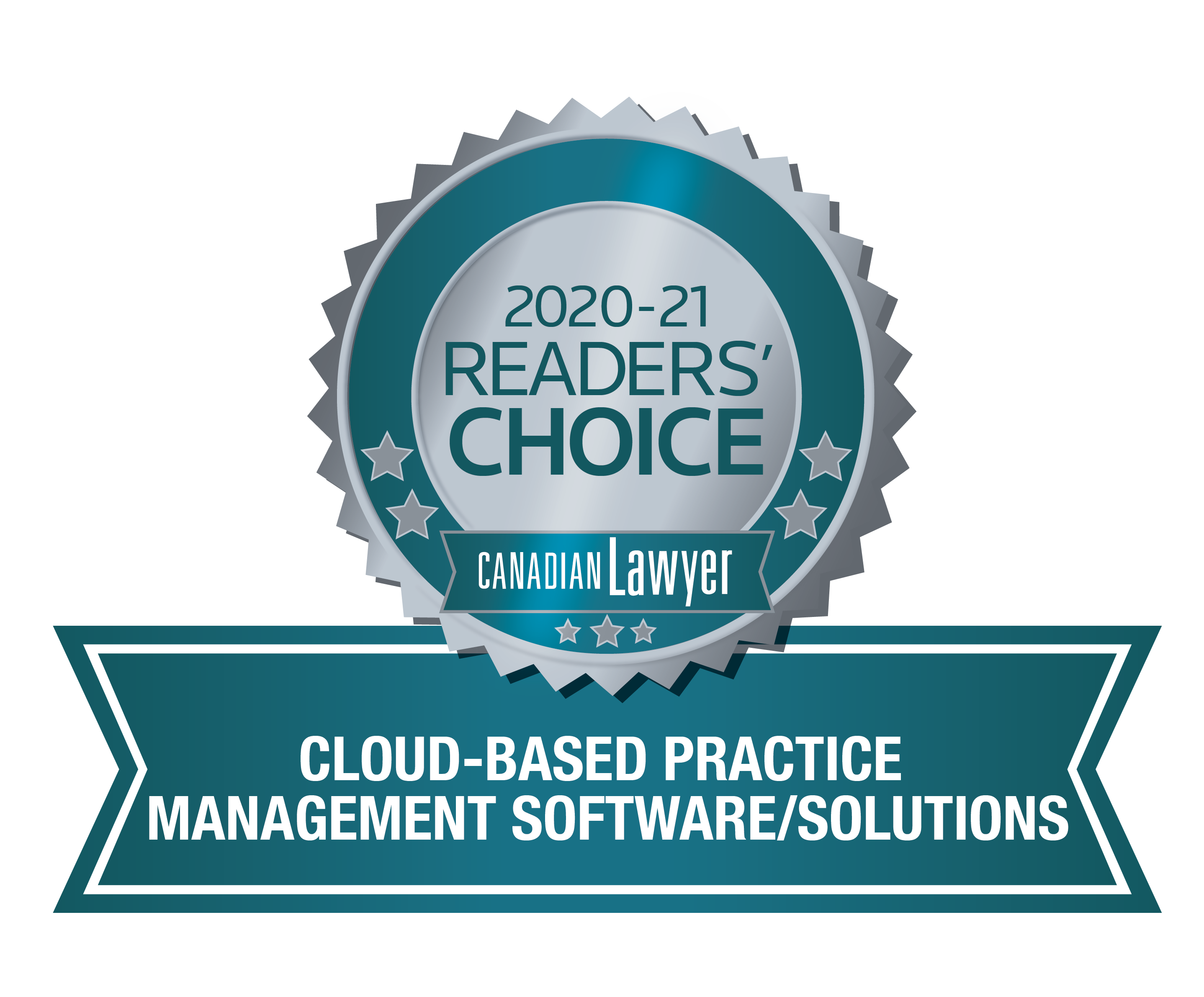
Also known as a litigation hold, a legal hold is a preservation order that ensures records are protected and left untouched should a litigation or investigation arise — a critical step in the eDiscovery process.
We asked our Tuesday Tips Team, Esther Labindao, Michael Truelove and Laura Clewley, about the basics of legal holds: what they are, how they affect the way organizations manage their records and what tools can be used to help prepare.
What is a legal hold and when does it take place?
A legal hold happens when a potential dispute comes up and an organization or individual must identify and protect any data that might be relevant to the issue. Placing a legal hold on records ensures that all the required documents will be available if needed and that there will not be any interference with or spoliation of the evidence.
As soon as a lawyer issues a notice that indicates there is potential for a matter, a legal hold takes place. It can be communicated by letter, email or even a verbal notice regarding either an immediate or future event. As soon as you are notified, you and/or your organization have a requirement to identify and safeguard any documents that pertain to the issue.
The scope of a legal hold can change as the matter progresses which means it won’t be released until the recipient of a legal hold receives final notification that confirms that the matter has been resolved.
The Importance of Legal Holds in eDiscovery
Legal holds prevent perjury, protect against spoliation of big data and preserve evidence. If you are found to have not acted in a timely manner to make sure your documents were retained, you can have costs sanctions ordered against you by the court.
A proper legal hold that is put into place immediately and followed meticulously adds to the defensibility of your case.
Following the initial identification of files, the next key step in the Electronic Discovery Reference Model (EDRM) is the collection and preservation of information. This directly pertains to the legal hold. Only once documents have been secured should they be run through an eDiscovery program to establish their relevancy.
Preparing for a Legal Hold
Many organizations do not consider potential litigation which makes it that much more difficult to accomplish a proper hold when it is needed.
Fortunately, there are several solutions available to help make the record preservation process less daunting. To prepare for a legal hold, our Tuesday Tip team recommends using a combination of a document management system and a tool that can scan the network to find relevant records.
File Analysis & Migration tools such as ActiveNav can constantly scan an organization’s network and allow their in-house counsel and IT teams to enter search terms to surface documents that need to be put on hold in real time. Another advantage is ActiveNav’s capability to back up records. This ensures that copies of documents are always kept safe, even if a user attempts to delete them.
Additionally, both Relativity and Veritas have legal hold modules built into their platforms which can help identify each document's location and custodian. Once you know the custodians, it is easier to put a hold on their documents, emails and more.
---
Still have questions? Reach out to our team today. We’re here to help you implement the right solution to collect, map and identify your data through each stage of the eDiscovery process.
You may also be interested in…

5 Reasons Cleaning Your Data Should Be Your Top New Year’s Resolution
Every employee plays a role in contributing to the data deluge that organizations are faced with and therefore are critical in addressing the problem successfully. Here are the top five reasons it's time to contribute to clean data efforts.

Data Mapping: Building the Bedrock eBook Now Available
By 2022, it's predicted that 93% of all data will be unstructured. Without managing your data repository, you're at risk of carrying high quantities of ROT data which can leave you vulnerable to security breaches, high IT costs and wasted time. Our latest eBook shares everything you need to know to begin mapping, cleaning, classifying and migrating your dark data successfully.








